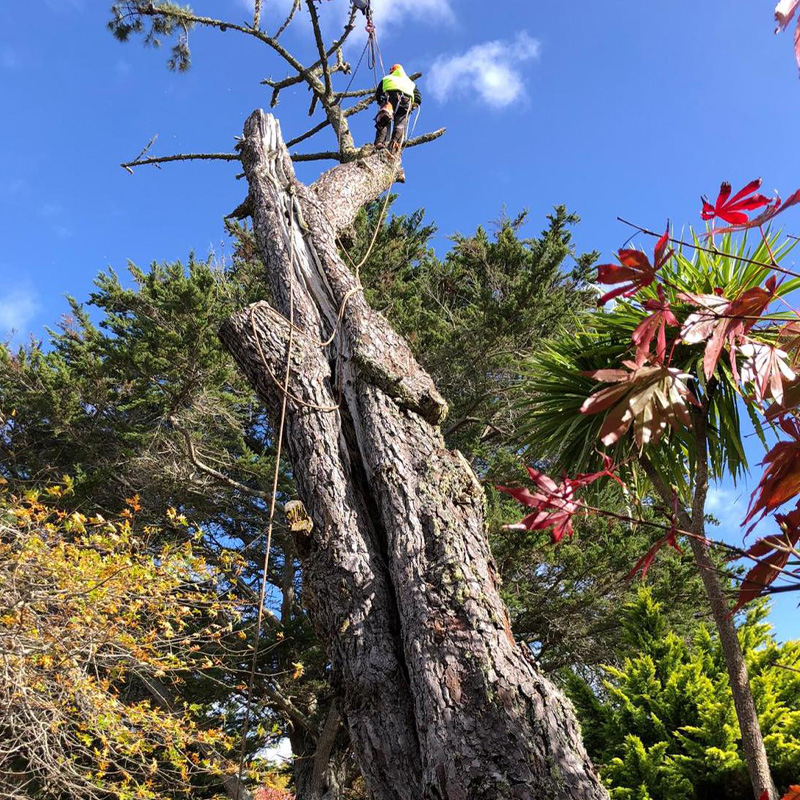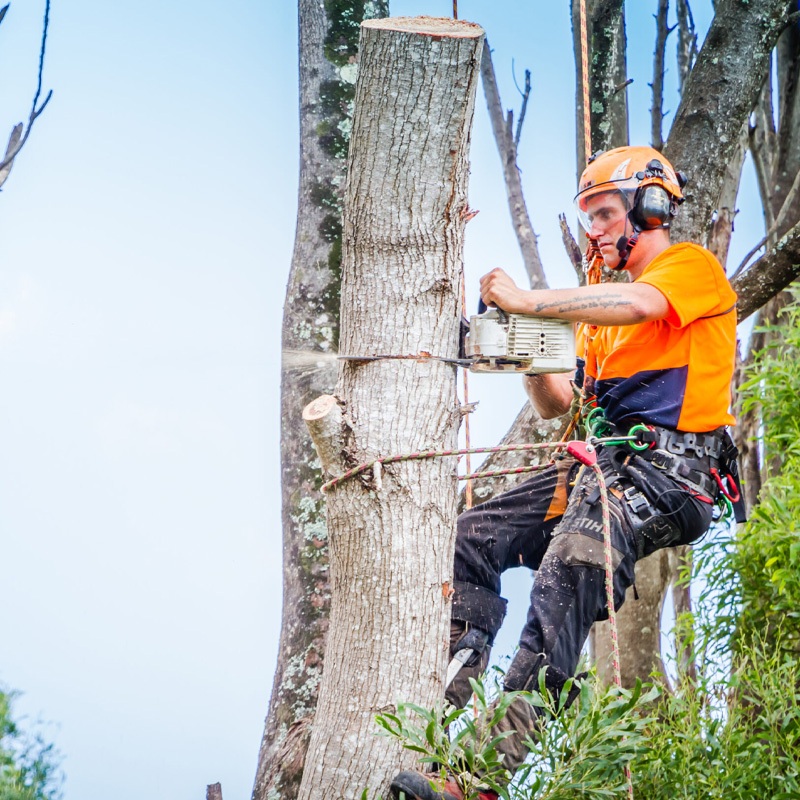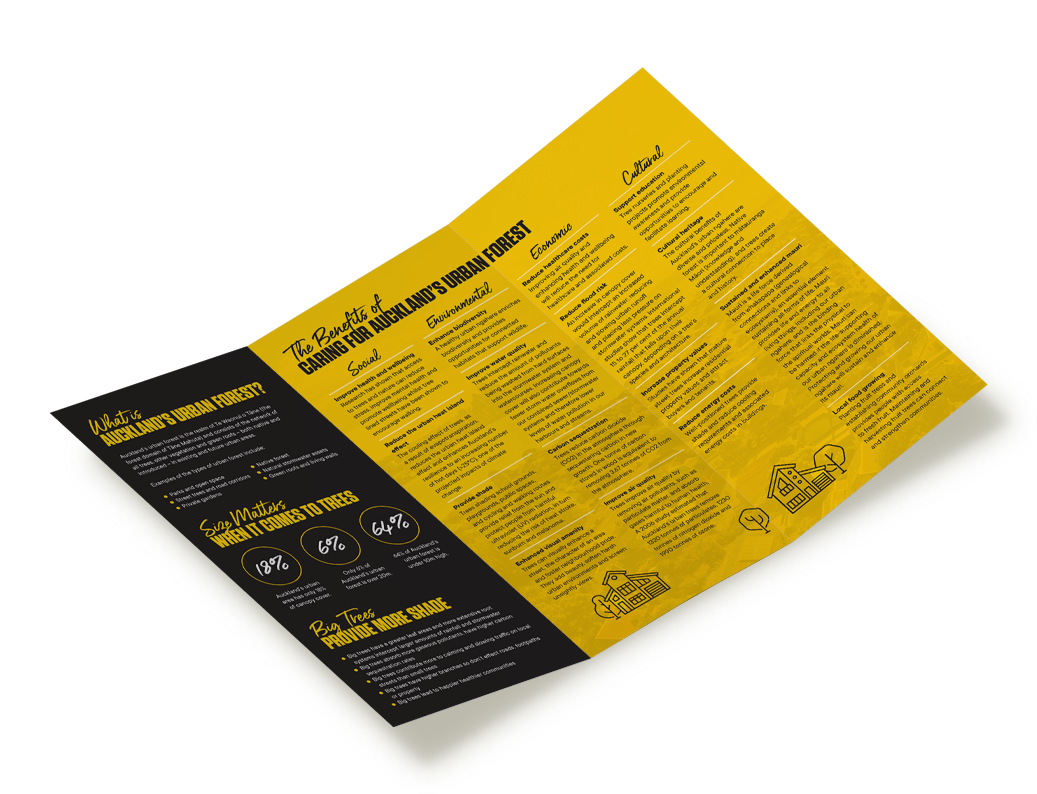LAST CHANCE TO PRUNE YOUR DECIDUOUS TREES!
WINTER IS ON ITS WAY OUT,
BUT IT IS NOT TOO LATE TO PRUNE YOUR TREES.
Now is the best time for pruning most of your deciduous trees. During the colder months the tree is dormant and has no leaves.
This makes branch selection much easier when deciding where to make a correct cut. The tree is also at less risk
to infection during the colder months, as there are less insects to spread disease to open wounds.

BEFORE YOU PRUNE
Does the tree actually need to be pruned? Ask yourself “what is it that I’m trying to achieve?” The less you cut the better.
Poor pruning can cause damage that lasts for the life of the tree. Learn where and how to make the cuts before picking up the pruning tools.
Prune your spring flowering trees such as oaks, willows, maples and beech trees. It’s also beneficial for fruit trees such as apples and pears to be pruned before spring arrives. Evergreens are also best pruned now to stem that fast spring growth.

BEFORE YOU PRUNE
Does the tree actually need to be pruned? Ask yourself “what is it that I’m trying to achieve?” The less you cut the better.
Poor pruning can cause damage that lasts for the life of the tree. Learn where and how to make the cuts before picking up the pruning tools.
Prune your spring flowering trees such as oaks, willows, maples and beech trees. It’s also beneficial for fruit trees such as apples and pears to be pruned before spring arrives. Evergreens are also best pruned now to stem that fast spring growth.

PRUNING TIPS
- Always have a purpose in mind before making a cut. Each cut has the potential to change the growth of the tree.
- Small cuts do less damage to the tree than large cuts. Correcting issues when a tree is young will reduce the need for more drastic pruning later.
- Do not remove more than 25% of the overall foliage in one prune. If this is necessary, it should be done over several years, removing a smaller amount each time.
- Do not ‘top’ your trees. This will cause the tree to stress out and form many small shoots called epicormic growth. These become weak and can fail as they get larger. You could even kill your tree.
- Cuts should be made to a secondary branch and this should be no smaller than 1/3 of the diameter of the main branch.
Remember, trees do not heal the way people do. When a tree is wounded, it must grow over the damage. As a result, the wound is contained within the tree forever.
If you are unsure about whether pruning is the right solution for your trees, call the Tree King experts for free advice!
PRUNING TIPS
- Always have a purpose in mind before making a cut. Each cut has the potential to change the growth of the tree.
- Small cuts do less damage to the tree than large cuts. Correcting issues when a tree is young will reduce the need for more drastic pruning later.
- Do not remove more than 25% of the overall foliage in one prune. If this is necessary, it should be done over several years, removing a smaller amount each time.
- Do not ‘top’ your trees. This will cause the tree to stress out and form many small shoots called epicormic growth. These become weak and can fail as they get larger. You could even kill your tree.
- Cuts should be made to a secondary branch and this should be no smaller than 1/3 of the diameter of the main branch.
Remember, trees do not heal the way people do. When a tree is wounded, it must grow over the damage. As a result, the wound is contained within the tree forever.
If you are unsure about whether pruning is the right solution for your trees, call the Tree King experts for free advice!

FREE DOWNLOAD
SUBSCRIBE TO
OUR NEWSLETTER
Subscribe to our newsletter for updates, special offers, and opportunities to work with the Tree King team and we’ll send you our brochure on how Tree King cares for Auckland’s urban forest.

REVIEWS
WHAT CUSTOMERS ARE
SAYING ABOUT TREE KING





















